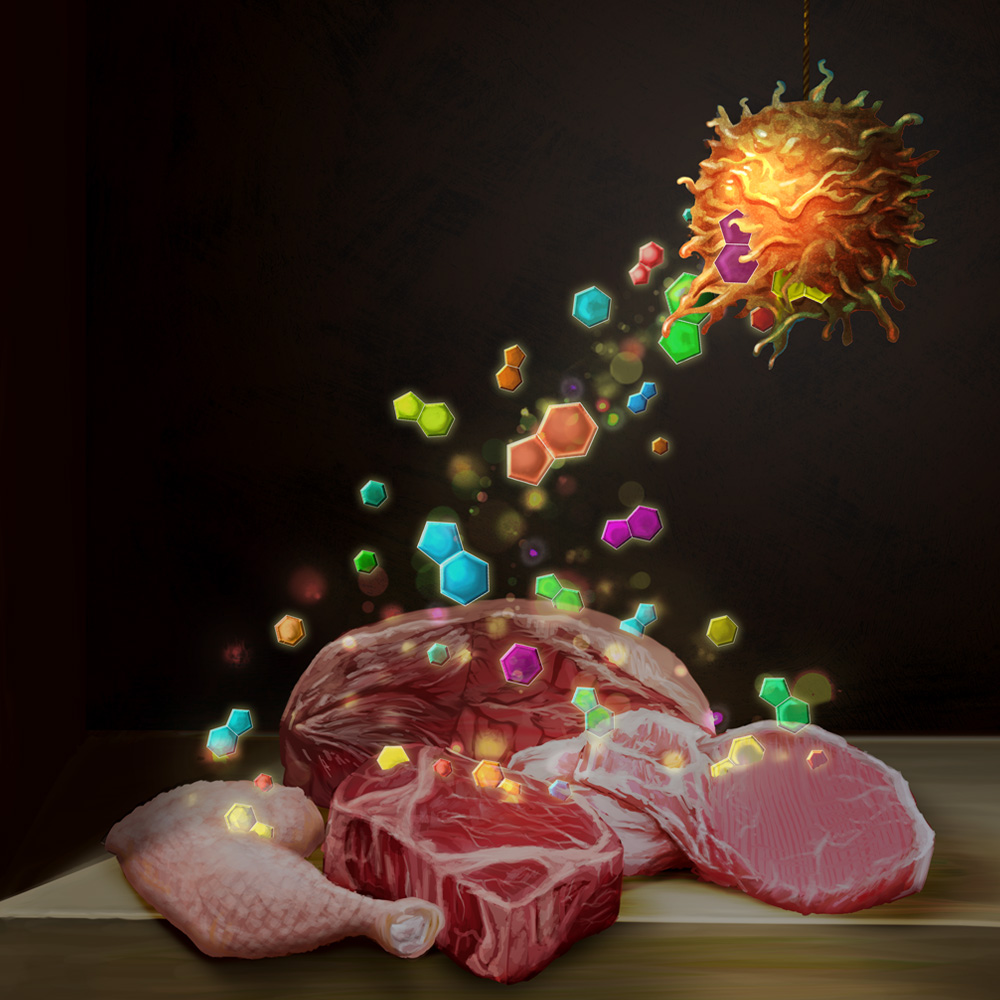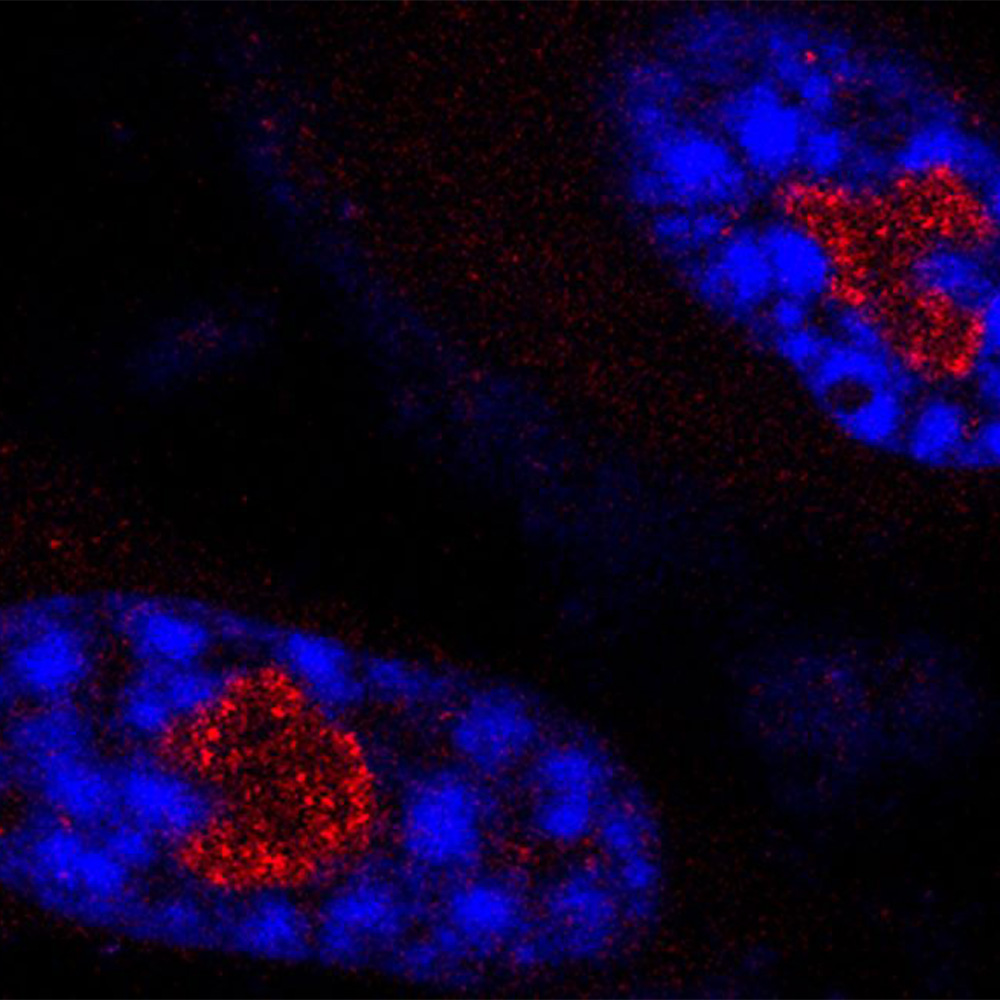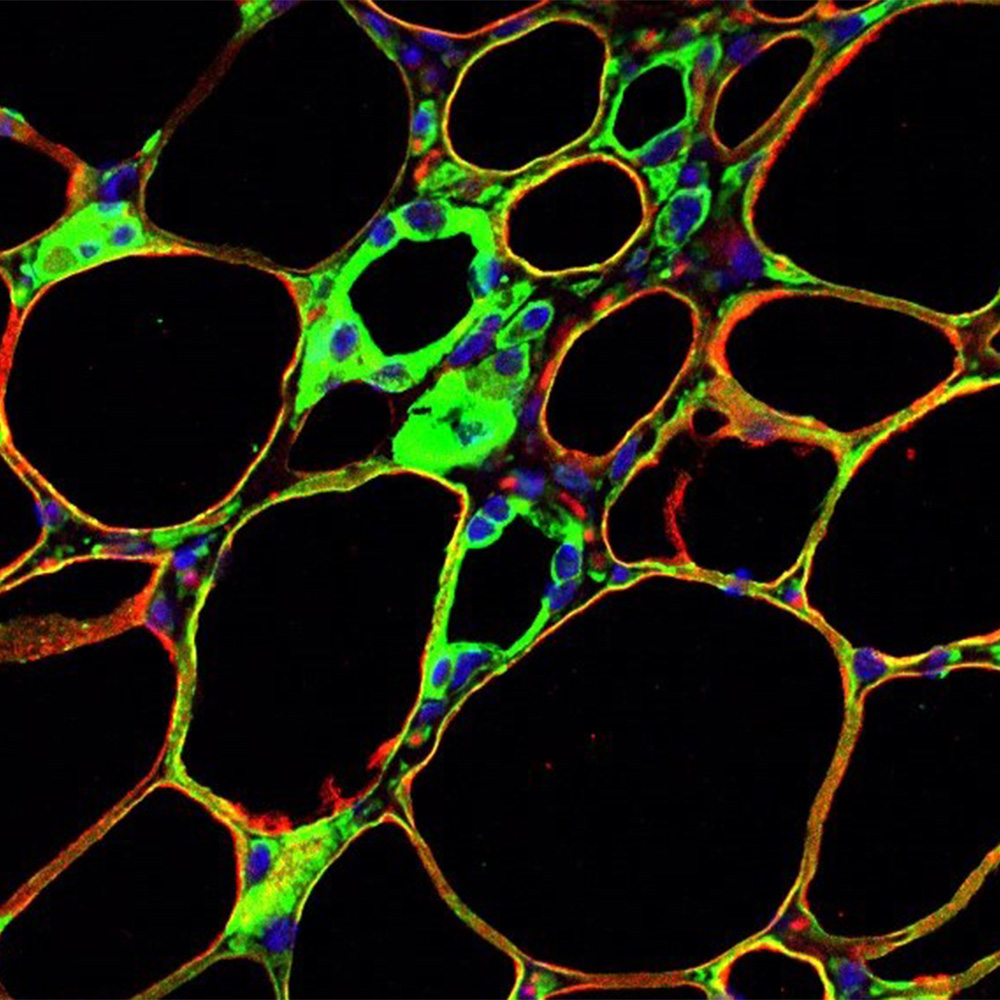Top 5 news articles of 2017
Stories below from UT Southwestern’s Peter O’Donnell Jr. Brain Institute, Harold C. Simmons Comprehensive Cancer Center, UT Southwestern Medical School, and Obstetrics and Gynecology Department garnered the most mouse clicks during 2017.
#5. Study finds no benefit, but possible harm, from drug used to prevent preterm births
In March, Dr. Kenneth Leveno, Professor of Obstetrics and Gynecology, and Dr. David Nelson, Assistant Professor of Obstetrics and Gynecology, discovered that a drug commonly prescribed to pregnant women with a history of delivering babies early provides no benefit. In fact, this drug may even increase the risk of developing gestational diabetes. These conclusions published online in the American Journal of Obstetrics and Gynecology.
#4. Match Day 2017 by specialty
More than 220 fourth-year UT Southwestern Medical School students learned where they will train for the next step in their medical educations during Match Day as UT Southwestern celebrated U.S. News & World Report rankings in the Top 10 in Primary Care and Top 25 in the country in research – one of only eight schools in the nation to achieve that level of ranking in each category, and one of about a dozen ranked in the top 25 in both categories.
#3. Study: Eating at ‘wrong time’ affects body weight, circadian rhythms
A team led by Dr. Joseph S. Takahashi, Chairman of Neuroscience at UT Southwestern’s Peter O’Donnell Jr. Brain Institute, developed a new high-precision feeding system for lab mice, allowing demonstrating that the time of day food is eaten is more critical to weight loss than the amount of calories ingested. Translated into human behavior, the studies suggest that dieting will only be effective if calories are consumed during the daytime when we are awake and active, and further suggest that eating at the wrong time at night will not lead to weight loss even when dieting.
#2. Blood test unlocks new frontier in treating depression
A study from Dr. Madhukar Trivedi, Director of the Center for Depression Research and Clinical Care, a cornerstone of UT Southwestern’s Peter O’Donnell Jr. Brain Institute, demonstrated that measuring a depressed patient’s C-reactive protein level can help doctors prescribe an antidepressant that is more likely to work. Now we have a biological explanation to guide treatment of depression
#1. Scientists find skin cells at the root of balding, gray hair
Dr. Lu Le, Associate Professor of Dermatology with the Harold C. Simmons Comprehensive Cancer Center and his team identified cells that directly give rise to hair as well as the mechanism that causes hair to turn gray – findings that could one day help identify possible treatments for balding and hair graying. The researchers found that a protein called KROX20, more commonly associated with nerve development, in this case turns on in skin cells that become the hair shaft. These hair precursor, or progenitor, cells then produce a protein called stem cell factor (SCF) that the researchers showed is essential for hair pigmentation.
About UT Southwestern Medical Center
UT Southwestern, one of the nation's premier academic medical centers, integrates pioneering biomedical research with exceptional clinical care and education. The institution's faculty members have received six Nobel Prizes and include 26 members of the National Academy of Sciences, 20 members of the National Academy of Medicine, and 13 Howard Hughes Medical Institute Investigators. The full-time faculty of more than 3,100 is responsible for groundbreaking medical advances and is committed to translating science-driven research quickly to new clinical treatments. UT Southwestern physicians provide care in more than 80 specialties to more than 120,000 hospitalized patients, more than 360,000 emergency room cases, and oversee nearly 5 million outpatient visits a year.




